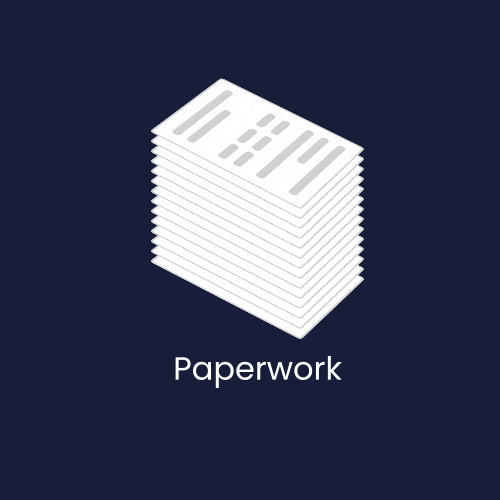
Making smart software decisions for delivery and transportation logistics is no easy task. A fragmented industry, overhyped AI claims, and disruptive market forces – volatile diesel prices, for one – make it even harder.
Companies evaluating vehicle scheduling and routing (VRS) and Real-time Transportation Visibility (RTTV) solutions should proceed with caution. Competitive pressures and consumer demands increase the pressure to choose point solutions – like a dispatch system upgrade or standalone vehicle scheduling software -and assume it will be easy to bolt them on to existing systems and processes.
Build or buy? How software decisions get made.
In this hectic environment, our team has noticed varying approaches to vendor evaluation and selection. Here’s a sample of some common strategies companies take when building a business case for new enterprise delivery management software:
- The Colossal Checklist
We’re no strangers to 100+ page RFP responses. It’s common practice that they include a functionality checklist, to be categorized as
- available off the shelf
- currently in the product roadmap and
- available as a customization. Some vendors have an incentive to claim they’re already working on what you’re looking for, only to itemize new charges once the deal is done.
- Demo Overload
A close relative to ‘analysis paralysis,’ you can spend hours upon hours sitting through product demos, many of which bear scant resemblance to the product you need out in the field. One of our clients interviewed 35 vendors – presumably sitting through at least that many demos – before choosing nuVizz. This approach also raises the ‘bright shiny object’ danger, in which glamorous bells and whistles can lead you to overbuy, overpay, or overlook core functionality.
- Committee Chaos
Most clients see the value of incorporating end user input into the decisioning process. It’s a viable strategy to uncover hidden needs and improve buy-in. But involving stakeholders across the enterprise works best if you’re testing real-life scenarios at scale, not just building an unrealistic wish list. Plus, dominant voices may overshadow cross-functional collaboration, so it’s important to use this process to build agreement on what a successful deployment looks like, today and in the future. Or better yet, ask for a pilot program at cost.
Are you solving the right problems with the right technology?
There’s a common denominator across many of these evaluation processes. Most clients are locked in on solving today’s pain points, not looking ahead to tomorrow’s opportunities. That makes sense – delivery management is a transactional business, and even small efficiencies in vehicle scheduling, routing, dispatch, and execution can drop to the bottom line.
But you have to play the long game in logistics. One of our global manufacturing clients used a LEGO analogy to explain. “If I have 500 lego blocks, I don’t just have the option to build the one thing that’s on the box. Orchestration is putting all the pieces together in different ways.” You may not know today what you want to build tomorrow, and that’s OK with the right foundation.
Selecting technology to help you prepare for the unknown requires an understanding of how it addresses three key components, or pillars:
1. Visibility: Real-time insight into what is happening across the complete supply chain.2. Availability: Resource status across stakeholders and delivery channels.3. Predictability: Data translated into expected outcomes and automated workflows.
It also requires that you critically and honestly evaluate your own organization’s maturity and readiness to implement advanced functionality. End-to-end automation and AI-driven optimization sound enticing, but if you’re still fulfilling the core functions in the delivery lifecycle at a basic level, your investment may not deliver ROI immediately. You may be better off framing the conversation around the opportunity costs of not selecting a network-based, many-to-many transportation platform.
Real-time visibility’s role in customer experience.
A VRS or RTTV software rollout is not just an IT project. It’s an undertaking that extends throughout and outside of your organization, ending at your end customer’s warehouse or front door. Picking the right partner helps you make your customers happy and secure more business in the process.
One of our airport freight clients noted, “Every carrier wants their own niche, something puts them ahead of the competition. If my customer says I can leave freight on the doorstep if I leave a picture and send a confirmation in an EDI file, I’ve just met their needs.”
Before you dive into the review and selection process, take stock of the big picture as well as the small details. We’ve put together an eBook to take you deeper into the thought processes necessary for sustainable growth: Optimizing Delivery and Transportation Logistics: A Practical Playbook.
Take a look and let us know if the maturity model helps you create a stronger software evaluation process. And as always, we love chatting about the future of delivery management: reach out anytime.

